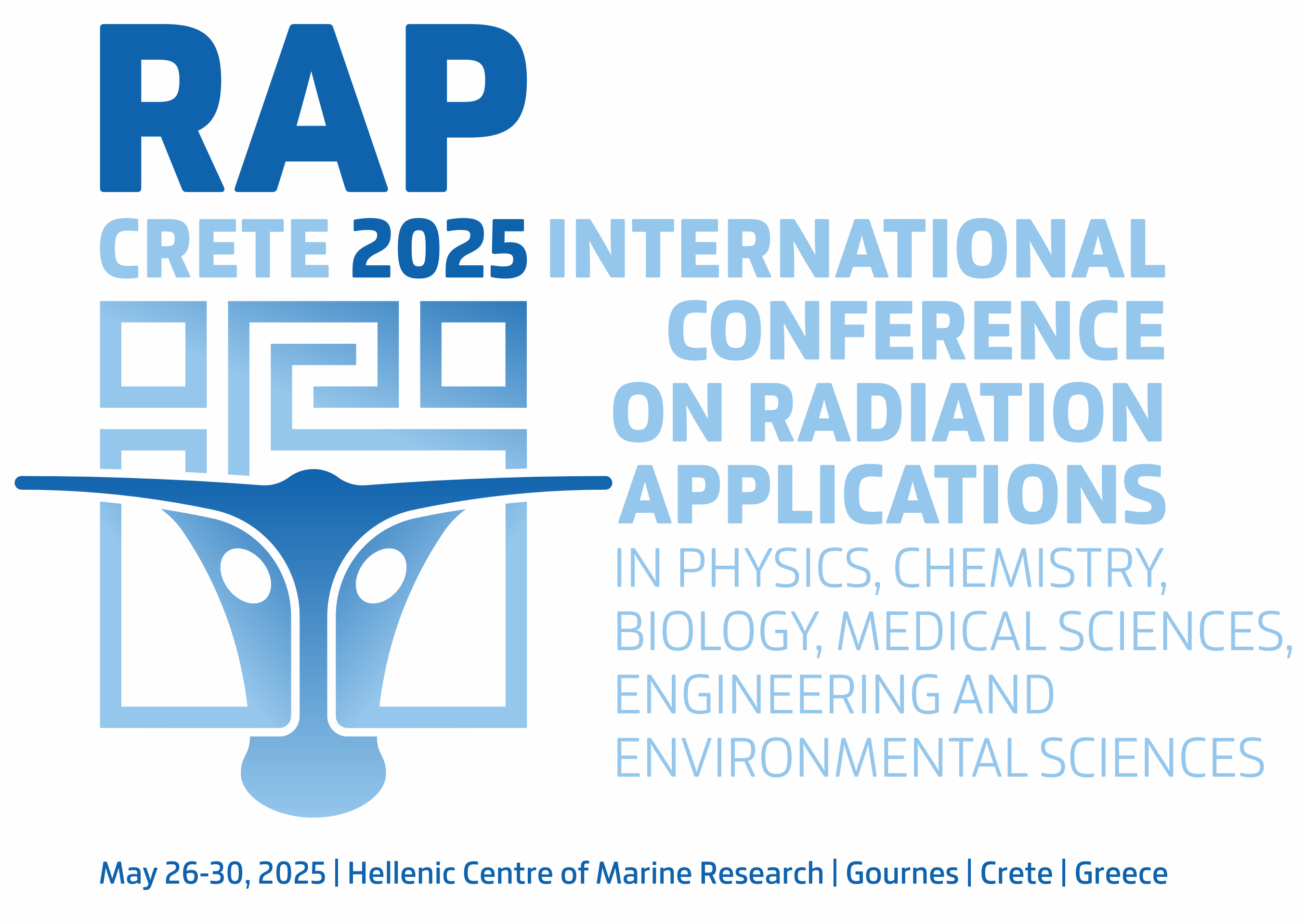Vol. 4, 2019
Radiation in Medicine
USING THE LUMINESCENT DYES FOR THE ASSESSMENT OF LIPOSOME TRANSPORT PROPERTIES AS THE BORON (10B) CARRIER FOR BORON NEUTRON CAPTURE
R. Mukhamadiyarov, A. Tsygankova, V. Kanygin
Pages: 30–35
DOI: 10.37392/RapProc.2019.07
Abstract | References | Full Text (PDF)
High effectiveness of Boron Neutron Capture Therapy (BNCT) makes actual the investigation aimed at creating transport systems for the targeted delivery of boron-containing agents. Liposomes are currently among promising boron carriers for BNCT. Existing liposomal technologies allow changing their properties by changing the particle diameter, surface charge, lipid composition, and the presence of vector molecules on the surface of the liposome membrane. The structure of liposomes can include in their composition hydrophobic and lipophilic boron-containing agents at the same time, which increases the content of boron atoms in them. Methods for rapid assessment of dynamic absorption and localization of substances delivered in their composition are required for experiments to improve liposomal drug delivery systems. The method of labeling the lipid membrane of liposomes and their internal contents is a great interest in view of the presence of a large number of various luminescent dyes and highly efficient methods for assessing their intracellular localization (confocal microscopy). By using the method of the rapid freezing of tissues and the preparation of cryosections from them makes it possible to perform an express assessment of the liposomes transport properties for a high volume of samples. The blue region of the spectrum for labeling liposomes did not use in our experiments leaving it for the nuclear dyes (Hoechst 33342, DAPI). Nile red was used for labeling liposomal membranes (excitation/emission maxima ~552/636 nm), PKH-26 (excitation/emission maxima ~551/567 nm), TopFluor PC (excitation/emission maxima ~495/503 nm). High molecular dextran derivatives FITC-Dextran (excitation/emission maxima ~495/520 nm), Rhodamine B isothiocyanate–Dextran (excitation/emission ~570⁄590 nm) were used for labeling internal water core liposomes. The combination of the proposed luminescent labels allows us to determine the localization of the labels of liposomes delivered in the lipid and aqueous phases selectively and makes it possible to extrapolate these data with respect to hydrophilic and lyophilic boron-containing agents. The remaining free region of the spectrum lying in the far-red spectrum allows using it for determining the localization of liposomes in certain organelles, for example, mitochondria (MitoTracker Deep Red for mitochondria, Liso Tracker Deep Red for lysosomes, etc).
- H. Nakamura, “Boron lipid-based liposomal boron delivery system for neutron capture therapy: recent development and future perspective,” Future Med. Chem., vol. 5, no. 6, pp. 715 - 730, Apr. 2013.
DOI: 10.4155/fmc.13.48
PMid: 23617433 - S. J. Baker et al., “Therapeutic potential of boron-containing compounds,” Future Med. Chem., vol. 1, no. 7, pp. 1275 - 1288, Oct. 2009.
DOI: 10.4155/fmc.09.71
PMid: 21426103 - S. Altieri et al., “Carborane derivatives loaded into liposomes as efficient delivery systems for boron neutron capture therapy,” J. Med. Chem., vol. 52, no. 23, pp. 7829 - 7835, Dec. 2009.
DOI: 10.1021/jm900763b
PMid: 19954249 - R. F. Barth, P. Mi, W. Yang, “Boron delivery agents for neutron capture therapy of cancer,” Cancer Commun. (Lond.), vol. 38, no. 1, p. 35, Jun. 2018.
DOI: 10.1186/s40880-018-0299-7
PMid: 29914561
PMCid: PMC6006782 - E. M. Heber et al., “Therapeutic efficacy of boron neutron capture therapy mediated by boron-rich liposomes for oral cancer in the hamster cheek pouch model,” Proc. Natl. Acad. Sci. U S A, vol. 111, no. 45, pp. 16077 - 16081, Nov. 2014.
DOI: 10.1073/pnas.1410865111
PMid: 25349432
PMCid: PMC4234606 - C. A. Maitz et al., “Validation and comparison of the therapeutic efficacy of boron neutron capture therapy mediated by boron-rich liposomes in multiple murine tumor models,” Transl. Oncol., vol. 10, no. 4, pp. 686 - 692, Aug. 2017.
DOI: 10.1016/j.tranon.2017.05.003
PMid: 28683435
PMCid: PMC5498409 - J. C. Axtell, L. M. A. Saleh, E. A. Qian, A. I. Wixtrom, A. M. Spokoyny, “Synthesis and applications of perfunctionalized boron clusters,” Inorg. Chem., vol. 57, no. 5, pp. 2333 – 2350, Mar. 2018.
DOI: 10.1021/acs.inorgchem.7b02912
PMid: 29465227
PMCid: PMC5985200 - G. Y. Wiederschain, The Molecular Probes Handbook: A Guide to Fluorescent Probes and Labeling Technologie, 11th ed., Therm. Fisher Sci., Waltham (MA), USA, 2010.
Retrieved from: https://www.thermofisher.com/rs/en/home/references/molecular-probes-the-handbook.html?icid=WE216841
Retrieved on: Oct. 5, 2019 - Y. Fan, Q. Zhang, “Development of liposomal formulations: From concept to clinical investigations,” Asian J. Pharm. Sci., vol. 8, no. 2, pp. 81 – 87, Apr. 2013.
DOI: 10.1016/j.ajps.2013.07.010 - R. V. Thekkedath, “Development of cell-specific and organelle-specific delivery systems by surface modification of lipid-based pharmaceutical nanocarriers,” Ph.D. dissertation, Northeastern University, Boston (MA), USA, 2012.
Retrieved from: https://pdfs.semanticscholar.org/9f0a/8ff7acf7f80579f5945bbd154c2ac634e63b.pdf?_ga=2.18598460.468378157.1573 917423-1171382453.1572199832
Retrieved on: Apr. 8, 2019


